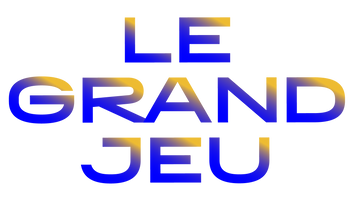
Lee Quiñones - Fifty Years of New York Graffiti Art and Beyond
192 pages
Essay by Franklin Sirmans
Text(s) by Isolde Brielmaier, Bisa Butler, William Cordova, Futura, Debbie Harry, Leslie Hewitt, Jenny Holzer, Barry McGee, Odili Donald Odita, José Parlá and Allan Schwartzman
27.9 x 24 cm
Language: English
Hardback
Publisher: Damiani
2024
Fifty Years of New York Graffiti Art and Beyond is the first monograph of Puerto Rican born artist Lee Quiñones presenting his monumental work and following his evolution over five decades. When 14-year-old Lee embarked on his first spray paint mural in 1974, he carried marker drawings into the New York City subway train yards that served as studies to his 52-ft long rolling murals.
Drawings, artifacts, and subway photography illustrate how Lee’s emergence served as a catalyst for what is now acknowledged as the street art movement. Before Lee, graffiti art was accessed by a small audience of young people who coveted style and scale. Images of Lee’s trains illustrate how he changed the face of the movement, infusing kinetic elements of futurism in over 120 subway car murals across the transit system. Lee invented the concept of the freestanding urban mural in his iconic 1978 'Howard the Duck' handball wall. He introduced spray-paint based work internationally when he opened his first formal exhibition in Rome, Italy in 1979, alongside Fab 5 Freddy. He influenced peers Jean-Michel Basquiat, Keith Haring, Jenny Holzer, among others, who are shown viewing Lee’s work. Lee and Basquiat were the youngest artists to exhibit at Documenta 7. Lee starred as the semi-autobiographical Zoro in 'Wild Style', the first feature film about hip hop. Images show the social commentary and poetry used in his early expressionistic work.
Subsequent paintings show how Lee’s practice has shaped a generation of contemporary artists as he further developed his technique. The imagery captures the mood and urgency of 1980s New York and moves from the streets to the intimacy and maturity of Lee’s contemporary studio environment.








